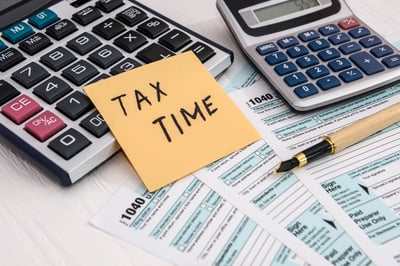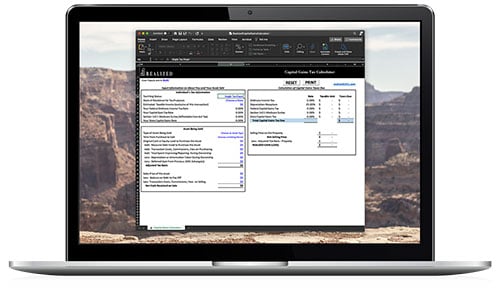What Are The Problems With Real Estate Investment Trusts?

Investors have a deep emotional attachment to their investments; abdicating control is not something that comes easily. Real Estate Investment Trusts (REITs) are alluring to investors due to the high dividends, which can boost the value of their portfolio. However, there are a few factors that should be considered prior to loading up on REITs. Read them below.
The Hidden Risks Of Opportunity Zones

Qualified Opportunity Zone (QOZ) investments are among the highest risk opportunities available for real estate investment. It is essentially ground-up development in unproven locations. There are a few apparent major risks, such as development completion and lack of liquidity, but investors should also consider the more hidden risks that these opportunities may contain before making their investments.
Disadvantages Of Qualified Opportunity Zones

On realized1031.com, we’ve discussed the benefits of the QOZ program extensively. Some of the primary highlights are: Deferral and reduction of original gain. Dismissal of gain in the fund if held for 10 or more years. Opportunity to grow tax-optimized wealth. Fund managers like to flaunt these benefits. But listening to only the benefits of an investment opportunity doesn’t tell the full story. In this article, we’re going to cover three areas that present real risks to QOZ investors.
What You Should Know About Real Estate Crowdfunding

Real estate crowdfunding has made real estate investing available to a broader range of potential investors. But this ease of access also means it is easy to make a bad investment. Before you begin turning over your hard-earned money to a real estate crowdfunding platform, here are a few things you should know about investing in real estate crowdfunding deals.
Joint Tenancy, Tenants-In-Common, And What's Right For You

Let’s say that there is a well-performing retail property in your neighborhood that is for sale. You’re interested in buying it, but you might not have all the funds available to do so. You decide to involve your two best friends in the deal, and the three of you enthusiastically head off to meet your lawyer. The lawyer, in turn, asks the question: “So, how do you want this ownership to be set up?”
Opportunity Zone Guidance And 1231 Assets

In December 2017, the Opportunity Zones incentive program was introduced as part of the Tax Cuts and Jobs Act. Two years later, the U.S. Department of the Treasury and IRS introduced their third — and final — list of rules focused on owning, developing, and operating within federally designated Qualified Opportunity Zones (QOZs). The goal of December 2019 guidance was to combine the first two tranches -- issued in October 2018 and May 2019.
How To Get Started Investing In Real Estate

Real estate is considered an attractive asset class for those seeking steady cash flows and the opportunity to realize profits via asset appreciation over time. What’s more, investors often enjoy being able to see, touch, and feel their investment property, whether it be a duplex in San Francisco or a retail plaza in Charlotte. Its tangible nature and positive opportunities only heighten its appeal to the masses.
Qualified Opportunity Zone Funds: Short And Long Term Capital Gains

If you are familiar with short and long-term capital gains, you already know that long-term gains are taxed at a lower rate for most people. The IRS rewards you for holding an investment longer. For Qualified Opportunity Zone Fund (QOZF) investors, they are also rewarded for long-term holdings. But how does that affect short and long-term capital gains? In this article, we’ll dive into all aspects of how taxes affect your QOZF gains.
What Type Of Businesses Can Operate In Opportunity Zones?

Operating a business within an opportunity zone means participating in improving the economic prosperity of a specific area. There are a few requirements that must be met before any business can qualify as an opportunity zone business. In this article, we’ll look at what those qualifications are and the types of businesses that can operate in them.
Tax Season Is Coming: Understanding Capital Gains Reporting

With the holidays and celebrations in the rear-view mirror, your attention should turn to the next big event. Not Valentine’s Day or St. Patrick’s Day, but April 15, the tax-filing date. Even as you gather paperwork and finalize profits, losses, and expenses from 2019, it’s important to pay extra attention to your asset sales. In most cases, you’ll be required to report capital gains from those sales to the IRS through three forms: 8948, 1099-B, and Schedule D.


